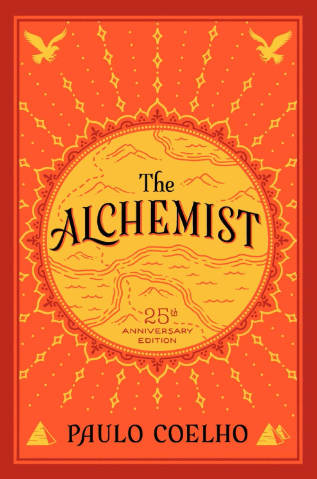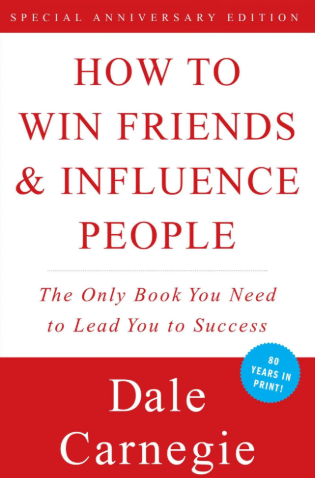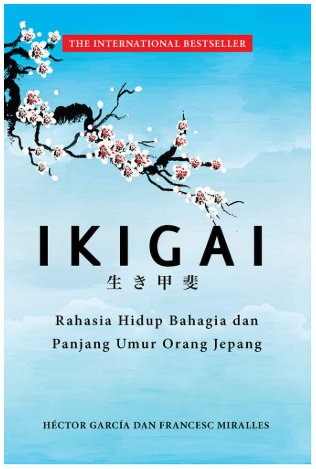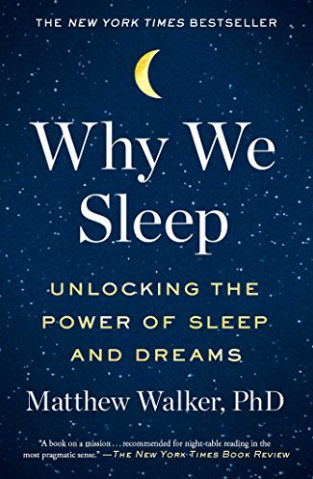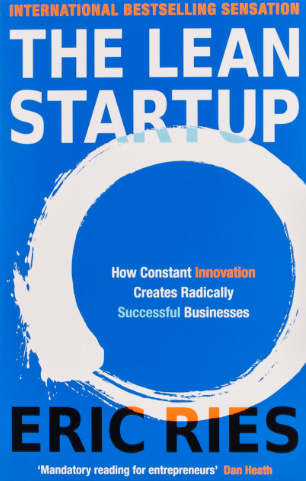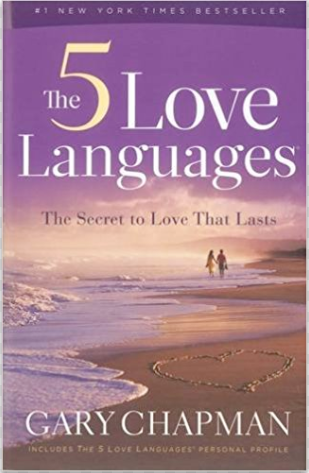
Gary Chapman’s The 5 Love Languages reveals a simple but powerful truth: people give and receive love in different ways. If you and your partner “speak” different love languages, your expressions of love may not land — even if your intentions are genuine.
The core message? To build stronger relationships, you need to learn not just how you show love, but how your loved ones receive it.
The Core Idea
Love isn’t one-size-fits-all. We all feel cared for differently. Learning to “speak” your partner’s (or friend’s, or family member’s) love language bridges gaps and strengthens bonds.
📘 Book Idea: There are 5 main ways people express and feel loved.
💡 Real Life: If your partner values “Quality Time” but you only give gifts, they may still feel unloved.
The 5 Love Languages (With Real-Life Examples)
1. Words of Affirmation
Love expressed through encouragement, appreciation, and kind words.
💡 Real Life: Say “I’m proud of you” or leave a sticky note with a compliment.
2. Acts of Service
Love shown by doing helpful things.
💡 Real Life: Cook dinner, help with chores, or run an errand your partner dreads.
3. Receiving Gifts
Love expressed through thoughtful tokens, not about money but meaning.
💡 Real Life: Bring home their favorite snack, or surprise them with something symbolic.
4. Quality Time
Love shown through undivided attention.
💡 Real Life: Put away your phone, go for a walk, or share a meal with no distractions.
5. Physical Touch
Love expressed through closeness and physical affection.
💡 Real Life: Hugs, holding hands, or even a reassuring pat on the back.
Other Key Lessons
- Love Tanks: Everyone has an emotional “love tank.” If it’s empty, the relationship struggles; if full, it thrives.
- Unspoken Misunderstandings: Many couples love each other deeply but in different “languages,” leading to disconnection.
- Learn, Don’t Guess: Ask your loved ones directly how they feel most cared for.
Final Thought
The 5 Love Languages teaches us that real love isn’t about giving more — it’s about giving love in the way that matters most to the other person. Mastering this makes every relationship — romantic, family, or friendship — stronger and more fulfilling.
🔥 Your Turn: What’s your primary love language? And what about the people closest to you? Learning this could change the way you connect forever.


